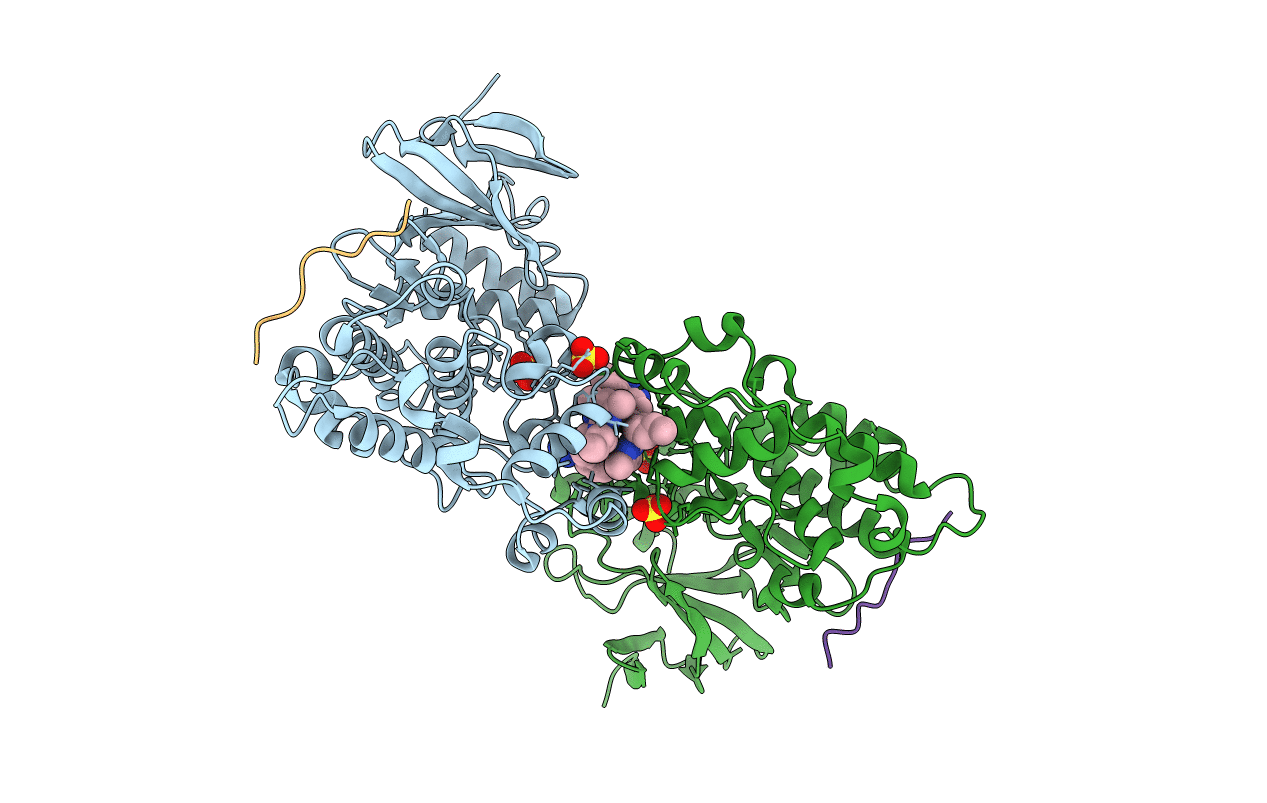
Deposition Date
2010-07-22
Release Date
2011-01-12
Last Version Date
2024-02-21
Entry Detail
PDB ID:
3O2M
Keywords:
Title:
Crystal Structure of JNK1-alpha1 isoform complex with a biaryl tetrazol (A-82118)
Biological Source:
Source Organism:
Homo sapiens (Taxon ID: 9606)
Mus musculus (Taxon ID: 10090)
Mus musculus (Taxon ID: 10090)
Host Organism:
Method Details:
Experimental Method:
Resolution:
2.70 Å
R-Value Free:
0.26
R-Value Work:
0.23
R-Value Observed:
0.23
Space Group:
P 32 2 1


